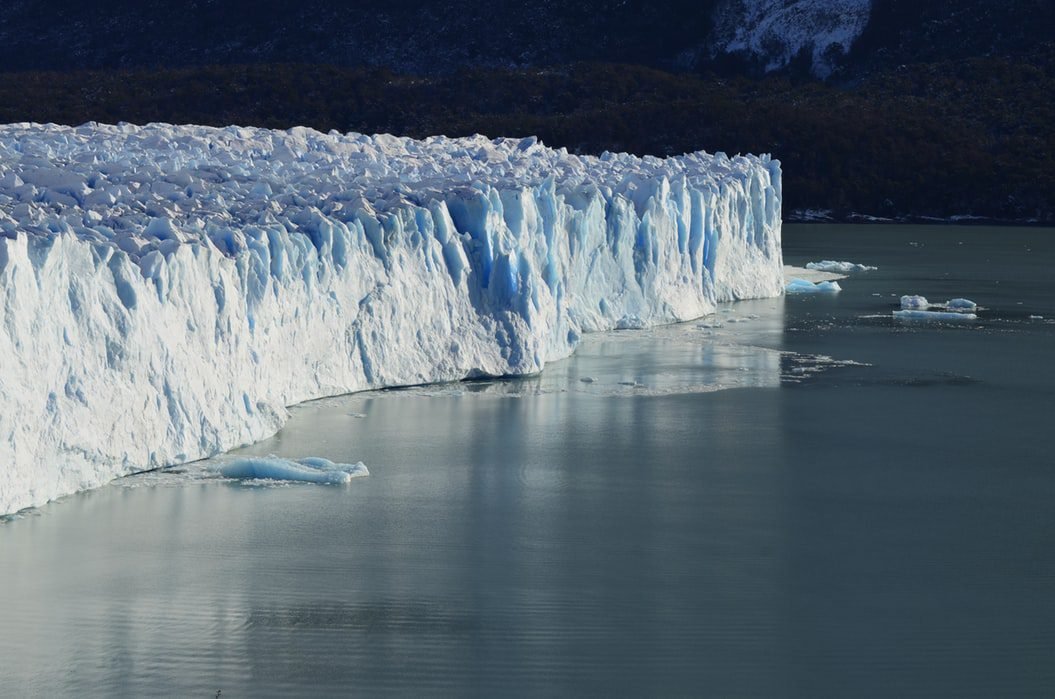There is overwhelming evidence for climate change. The threat that climate change poses is closer than previously thought. Action needs to be taken. But, there are still those that deny climate change is caused by humans or that it even exists at all.
These climate change deniers spread doubt about the science behind climate change and this results in the public becoming unsure as to what is true or not, meaning sufficient action cannot be taken. This is despite the fact that many of the arguments used by deniers are based on logical fallacies or blatant false information that can easily be disproved.

Global warming leads to disastrous effects on the environment and if allowed to continue may be irreversible.
Professor David Ellsworth the Senior Scientific Advisor for the Eucalyptus Free-Air CO2 Enrichment (EucFACE) at Western Sydney University, says that “people who don’t believe in human caused climate change don’t want to believe it or don’t want to change their behaviour”. We need to make it clear what is true and what is not in order for action to be taken. To help with this, this article will list some common denier claims and why they are inaccurate in the hope that it will help you argue the importance of taking climate change seriously.
Denier Claim: It is cold outside so the globe cannot be warming.
An argument you may be familiar with and a personal favourite of mine, is “it is cold outside, so how can the globe be warming?” This argument while ridiculous still serves to cast doubt. However, not only does it ignore that weather and climate are different, but it also ignores that global warming means that the overall planet will be warmer and not that it will never be cold anywhere. Global warming means that cold days will be less likely to happen and when you look at the overall trends a clear increase in average global temperature can be seen.
Denier Claim: Glaciers and sea ice are expanding not shrinking.
Local increases in ice in the form of glaciers, the Arctic and the Antarctic are also used to fight against human caused climate change. For example, cases of glaciers increasing are used to prove that global warming cannot be occurring. This ignores the local conditions that influence glacier growth such as precipitation (which can be increased by global warming) and local temperature. Furthermore, while some locations have increasing glaciers, globally there is a decrease. This is another case of looking at small localised examples and not the full global image.

As global temperatures continue to rise, more glaciers, icebergs, and sea ice are lost.
There is also the argument that an increase in Antarctic sea ice is evidence that the ocean cannot be warming and therefore there is no global warming. Measures of the ocean temperature in the Antarctic show that the water is warming and in fact, land ice in the area is decreasing. Winds can create open water that facilitates increased sea ice production explaining the increase despite the increased ocean temperature. Still, this increase in sea ice is expected to decrease as global temperatures continue to increase.
Deniers also use the increase in Antarctic sea ice to explain away the massive loss of Arctic sea ice claiming the ice lost in the Arctic is gained back at the Antarctic. As can be seen on Nasa’s Climate Change website (Climate.NASA.gov) in 1984 there were 1.86 million square kilometers of four years or older sea ice but in September 2016 there are only 110,000 square kilometers. This massive loss is three times greater than Antarctic sea ice gain. An overall net loss of ice.

U.S. space agency NASA has been monitoring the loss of sea ice over the Arctic with the help of satellite imagery. These two images show just how much the ice cap has diminished since 1984. Image by NASA’s Scientific Visualization Studio.
Denier Claim: Increases in CO2 and climate change are natural and not human caused.
Deniers also argue that humans are not the cause of increasing greenhouse gases that lead to global warming but rather it is a natural process. This is “supported” by the idea that human CO2 emissions are significantly lower than natural sources such as volcanoes. This “support” is based on false information as the amount of CO2 produced by humans is 100 times more than volcanoes and while climate change is a natural process that has occurred in the past, it is occurring at a much more rapid rate than would be expected naturally and this is due to human intervention
Denier Claim: There is no scientific consensus.
Finally, one of the biggest arguments used to deny human caused climate change is that there is no scientific consensus. This is based on the Petition Project in which over “31,000 scientists” in the US signed a statement saying that “There is no convincing scientific evidence that human release of carbon dioxide will, in the foreseeable future, cause catastrophic heating of the Earth’s atmosphere.”
There are many issues with this petition that cast strong doubt on its validity. To start with, it was started a long time ago, back in 1998 by people who had political motivations behind denying climate change. 20 years is a long time for gathering signatures. In addition, anyone can sign this petition and pretend to be a scientist. There is no checking mechanism that verifies whether it is, in fact, a scientist who signed it, or an impostor, or someone who barely passed third-grade primary.
Even with the claim that 31,000 are agreeing, this number only represents only 0.3% of the population of American scientists and doesn’t even take into consideration scientists in the rest of the world. Furthermore, 99.9% of those that signed the Petition Project have no expertise in climate sciences. In contrast, it is generally accepted that 97% of publishing climate scientists agree that humans are responsible for climate change. Not 100% but still more than sufficient to be considered a scientific consensus.
These are just a few examples of the arguments used to discredit the work of climate scientists and prevent any meaningful action from being taken. Skepticalscience.com has a list of almost 200 of these claims with facts that disprove them and I recommend any reader to give it a look. While healthy skepticism is important and in fact encouraged in science, it is the complete denial of evidence that leads to problems. So please take the time to read through them and understand that what is being said by deniers is misleading and, in many cases, flat out wrong.
NASA also has a website (Climate.NASA.gov) that tracks increases in global temperature, sea level, carbon dioxide levels and decreases in Arctic ice in addition to other measures relevant to climate change. Please also take the time to read through this as well and understand the large body of evidence that works against climate change deniers.
Now more than ever with the wanton spread of misinformation as a fact we need to stand against it and fight back. We need to be able to take proper action or it quite literally will be the end of the world.



